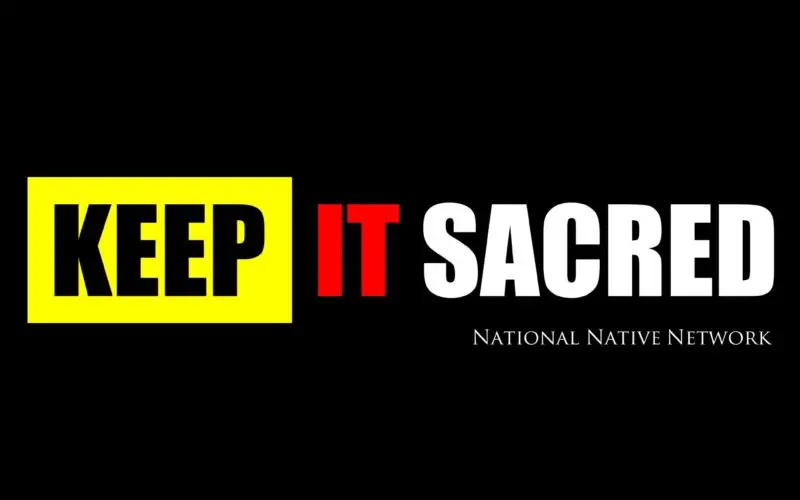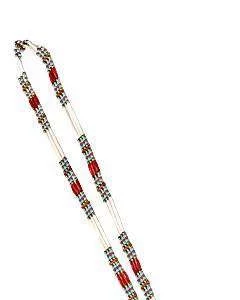More than one in five indigenous adults smoke, compared to 13.7 of adults overall. And according to the CDC, indigenous people have the highest prevalence of commercial tobacco users, compared to other ethnic groups.
As a result, Native Americans are widely plagued by cardiovascular disease, lung cancer, diabetes, low birth rates and respiratory issues. To boot, indigenous people have the lowest quitting rate compared to other ethnic groups, and data pertaining to health complications in the indigenous communities is very limited due to a lack of surveys and research. This lack of useful information has contributed to a lack of appropriate health interventions.
Due to the constant barrage of media, targeted promotions, and inadequate health programs, indigenous organizations have banded together to decrease commercial tobacco use. The Keep It Sacred National Native Network is working to increase education, provide technical assistance, and a place to share timely information that is culturally relevant to tribal nations.
Their goal is to decrease negative health outcomes in indigenous communities by promoting healthy lifestyles and protecting tribal sovereignty. The Network connects with tribal nations through a forum that offers evidence-based information, which allows the community elders and medical personnel to make competent choices grounded in science.
Native Americans' high rates of tobacco usage isn't by accident.
Tobacco companies have targeted indigenous communities for years through extensive promotions, sponsorships, and advertising campaigns, which at times featured symbols and names that have meaning or connection to our community. Tobacco companies throughout history have targeted marginalized groups.
For instance, in 1901, Red Man chewing tobacco targeted indigenous communities with various images that were familiar. This lasted well into the 1950s, and even today, ads for Velvet, Old Gold and Kent still romanticize smoking with harmful stereotypical imagery that's not only racist but misappropriates indigenous culture.
Today, JUUL e-cigarette manufacturers, target at least eight different tribes through sales pitches, price discounts and bingo promotions in order to increase their sales.
Here are just a few of the stats on commercial tobacco usage in the Native American community:
- 16.2% of cigarette users are indigenous high school teens.
- 3.7% of middle school indigenous children smoke compared to 2.3% of other ethnicities.
- 40.4% of indigenous high schoolers are e-cigarette users.
- Northern Plains and Alaska Native Americans have a higher prevalence of smoking than other tribal people.
- Indigenous women smoke more—especially during the last 3 months of their pregnancy—than any other ethnic group.
Last Updated on September 20, 2021 by Jared McKiernan



